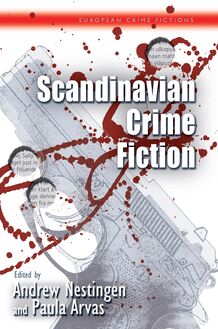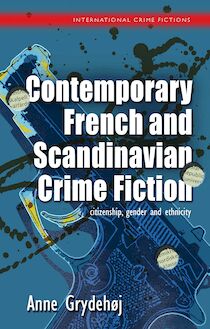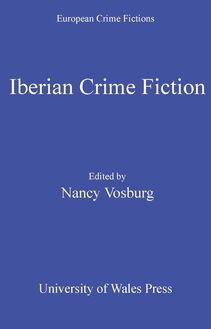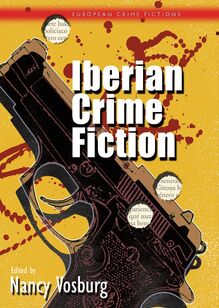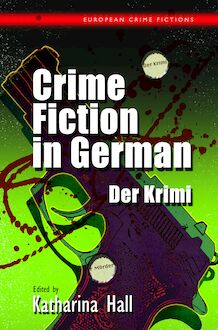Iberian Crime Fiction , livre ebook
315
pages
English
Ebooks
2011
Obtenez un accès à la bibliothèque pour le consulter en ligne En savoir plus
Découvre YouScribe en t'inscrivant gratuitement
Découvre YouScribe en t'inscrivant gratuitement
315
pages
English
Ebooks
2011
Obtenez un accès à la bibliothèque pour le consulter en ligne En savoir plus
Publié par
Date de parution
15 février 2011
Nombre de lectures
1
EAN13
9780708323335
Langue
English
Poids de l'ouvrage
2 Mo
Chapter 1: Introduction: Iberian Peninsular Crime Fiction, Dr. Nancy Vosburg (Stetson University) Chapter 2: Spanish Crime Fiction, 1950s-1980s, Dr. Patricia Hart (Purdue University) Chapter 3: In Search of a New Realism: Manuel Vazquez Montalban and the Spanish Novela Negra, Dr. Mari Paz Balibrea (Birkbeck, University of London) Chapter 4: Crime Writing in Spain's Autonomous Regions, Dr. Stewart King (Monash University, Australia) Chapter 5: Women's Detective Writing in Spain, Dr. Nancy Vosburg (Stetson University) Chapter 6: Contemporary Spanish Crime Fiction, Dr. David Knutson (Xavier University) Chapter 7: Portuguese Crime Fiction, Paul Castro (University of Cambridge Projects)
Publié par
Date de parution
15 février 2011
Nombre de lectures
1
EAN13
9780708323335
Langue
English
Poids de l'ouvrage
2 Mo
